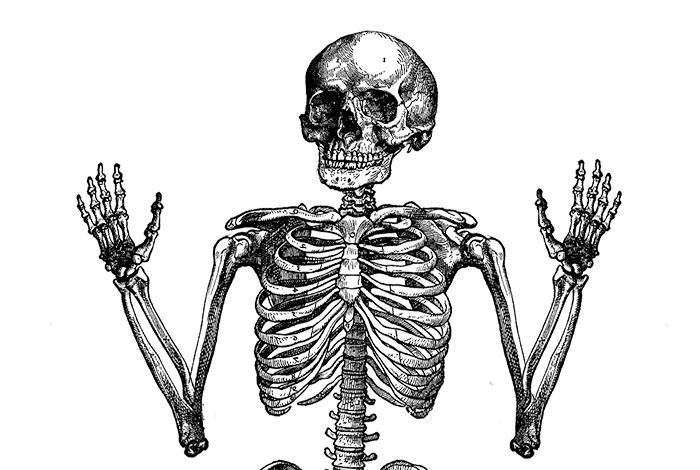Something went wrong, please try again.





You're almost there. We just need to verify your e-mail address.
Check your e-mails, as we just sent you a verification e-mail.
Verify your account e-mail address by clicking the link.
The link will lead you back to this page and you can proceed.


Thank you, your password has been changed.
Please log in.


You're almost there. We just need to verify your e-mail address.
Check your e-mails, as we just sent you a verification e-mail.
Verify your account e-mail address by clicking the link.
The link will lead you back to this page and you can proceed.
Your ISCN online subscription has been activated successfully.
Activate Product
by Access Code
by buying the Digital Product
Sign In to redeem the product code
by Access Code
by buying the Digital Product
The page you were trying to access isn't available. The link you followed or the URL you typed in may be broken.
Otherwise start all over.
